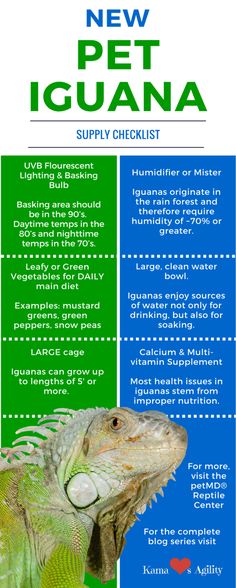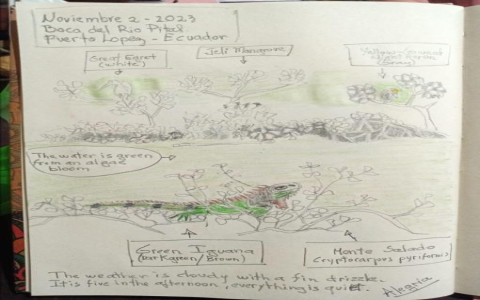Alright, so I’ve been thinking about getting an iguana for a while now. They’re such cool creatures, but they definitely need specific care. So, I decided to get all the supplies ready before even thinking about bringing one home. That way, I’d be prepared and could focus on getting the little guy settled in.
First things first, the enclosure. I knew it had to be big because these guys can get up to 5 feet long! I found a decent-sized terrarium online, and it took me a whole afternoon to set it up. I made sure there was enough vertical space since I read they like to climb. I put in some sturdy branches and a few plants to make it feel more like their natural habitat.

- Terrarium – big enough for a 5-foot lizard.
- Branches and plants – for climbing and hiding.
Next up, heating and lighting. This was a bit tricky. I learned that iguanas need a basking spot with temperatures around 95-100 degrees Fahrenheit, and a cooler area in the 70s. I got a basking lamp and a ceramic heat emitter to maintain the temperature gradient. I also had to get a UVB light because apparently, they need it to process calcium properly. It was like setting up a mini sun in there!
- Basking lamp – for the hot spot.
- Ceramic heat emitter – to keep the overall temperature up.
- UVB light – essential for their health.
Then there’s the substrate. I read that using newspaper or reptile carpet is the way to go because some substrates can be harmful if they eat them. I went with reptile carpet because it looked nicer, and it seemed easier to clean.
- Reptile carpet – easy to clean and safe for them.
Food and water dishes were pretty straightforward. I just made sure they were heavy enough not to be tipped over easily and shallow enough to access without the danger of drowning. Especially important when you have a small iguana that isn’t a strong swimmer yet.
- Heavy food dish – for their greens.
- Shallow water dish – for drinking and soaking.
Finally, I got a thermometer and hygrometer. These are super important to monitor the temperature and humidity levels. It took a few adjustments, but I finally got the basking spot just right and the cooler side within the correct range. The humidity was a bit low at first, so I added a larger water dish and misted the enclosure a few times a day.
- Thermometer – to monitor temperatures in the basking and cool areas.
- Hygrometer – to make sure the humidity is within the right range.
Getting Everything Dialed In
I spent a whole day checking and double-checking everything, making little adjustments here and there. It was a lot of work, but I wanted to make sure everything was perfect before bringing an iguana home. It felt good to be prepared, and I was excited about the possibility of finally getting my iguana!






